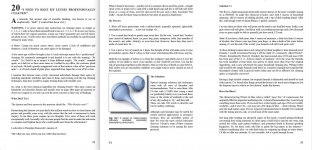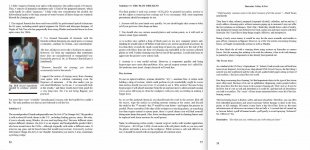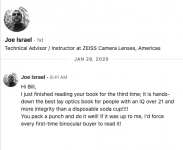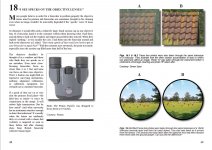Allen
Well-known member
Having just invested in a new pair of Swarovski EL's I wanted to understand what the right cleaning solutions are for modern day coated lenses? Historically I had used a lens cleaning solution containg Alcohol Isopropyl but wonder if this is OK for current lens coatings or damages them. Any guidance appreciated.










